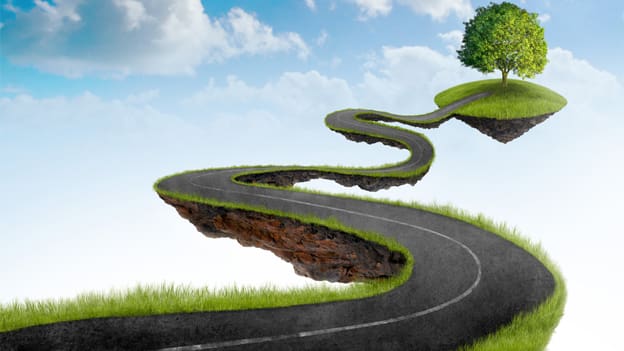The experiential organisation: The definition, the path, the benefits

Statistically, the chances of you being employed in a truly experiential organization are pretty low. Why? Because in an extensive research conducted on employee experience in over 250 global organizations, Jacob Morgan found that only 15 of them were experiential. Before we start debating how many of us feel that we are employees of an experiential organization, it is important to understand its correct meaning.
What are experiential organizations?
Jacob Morgan developed the Employee Experience Index. It measures organizations on 17 different variables, grouped into three different environments – i. culture; ii. technology; iii. physical space (more on them later in the article). According to Morgan’s work, the organizations which are doing a good job in investing and designing these three environments are what trump as experiential organizations. “I define ‘employee experience’ as an organization creating a place where people want to show up instead of assuming that people need to show up,” sums up the author of The Employee Experience Advantage.

The journey to becoming an experiential organization
iii. Engaged organizations do a good job from a cultural standpoint (employees feel aligned with the purpose), and an engaging physical space for work. However, a strong technical environment is lacking where employees do not have the necessary tools to allow them to work efficiently and effectively.
iv. Experiential organizations have it all – a strong cultural, technical and physical environment. This is the ideal organization for employees. Be good at the three components and your organization would accumulate business benefits. Jacob Morgan’s study found that companies that invest in employee experience are four times profitable than those which don’t.
_
Once your current organization type is identified, the second step is to do a gap analysis and circle in on the deficiencies. For instance, if you are an engaged organization, then you know you have to put more efforts in improving the technical environment, whilst sustaining the cultural and physical environments. Identify specifically which areas need to be bolstered for improving the technical environment. It could either be a case of a lack of requisite tools or an excess of tools which affect the productivity of the people. A combination of a survey and qualitative interviews of a representative sample can highlight the underlying gaps and the employees’ needs.
The third step is intervening and bringing about the change in the organization. Since these interventions are contextualized to the business problem, there are no one-size-fits-all approaches to follow. However, here are some handpicked strategies from organization best practices and academic research to strengthen the cultural environment:
Use ‘deep fun’ instead of ‘shallow fun’: Deep fun is the actual connection to an experience, where people are truly vulnerable. The stakes are real, and the interactions are to solve a real problem – it isn’t a simulation. For instance, a group of employees from different teams brought together and tasked to design a training program in an agreed timeline. Shallow fun, on the other hand, is what gives instant engagement, but isn’t long-lasting. A fun activity, a team outing, sports days, family days – they account as shallow fun. According to research, ‘Deep fun’ creates an intense feeling of togetherness; and “stressful situations help you figure out if you can count on someone.”
Apprise each other of your emotional triggers: Individuals have their emotional triggers. People react in a certain way when they are privy to some behaviors. Example, one may feel angry when their colleagues are dishonest and don’t exhibit integrity; one may feel upset when colleagues procrastinate and show a lackadaisical attitude. So it is important to be aware of your peers' emotional triggers. That creates a healthy cultural environment.
Adventure trips in the wilderness: A very unusual approach is followed by NASA – a workplace where people have to trust each other for their lives – they send their employees out in the wilderness. John Kanengieter is a wilderness training and leadership expert, and he works with NASA to prepare the crew for long duration space flights. He explains in an interaction with Adam Grant that the real vulnerabilities are exposed when people stay together for longer stretches work together towards achieving mutual goals (like reaching the mountain summit). This strategy could help in enriching the culture and building trust.
There is a continuous step in monitoring and evaluation also involved in this process. This is a recurring process which needs to be continuously done to track and measure the progress towards becoming an experiential organization. Measuring the KPIs at different stages of the process can enable the organization to be agile and course-correct its approach en route the transformation.


